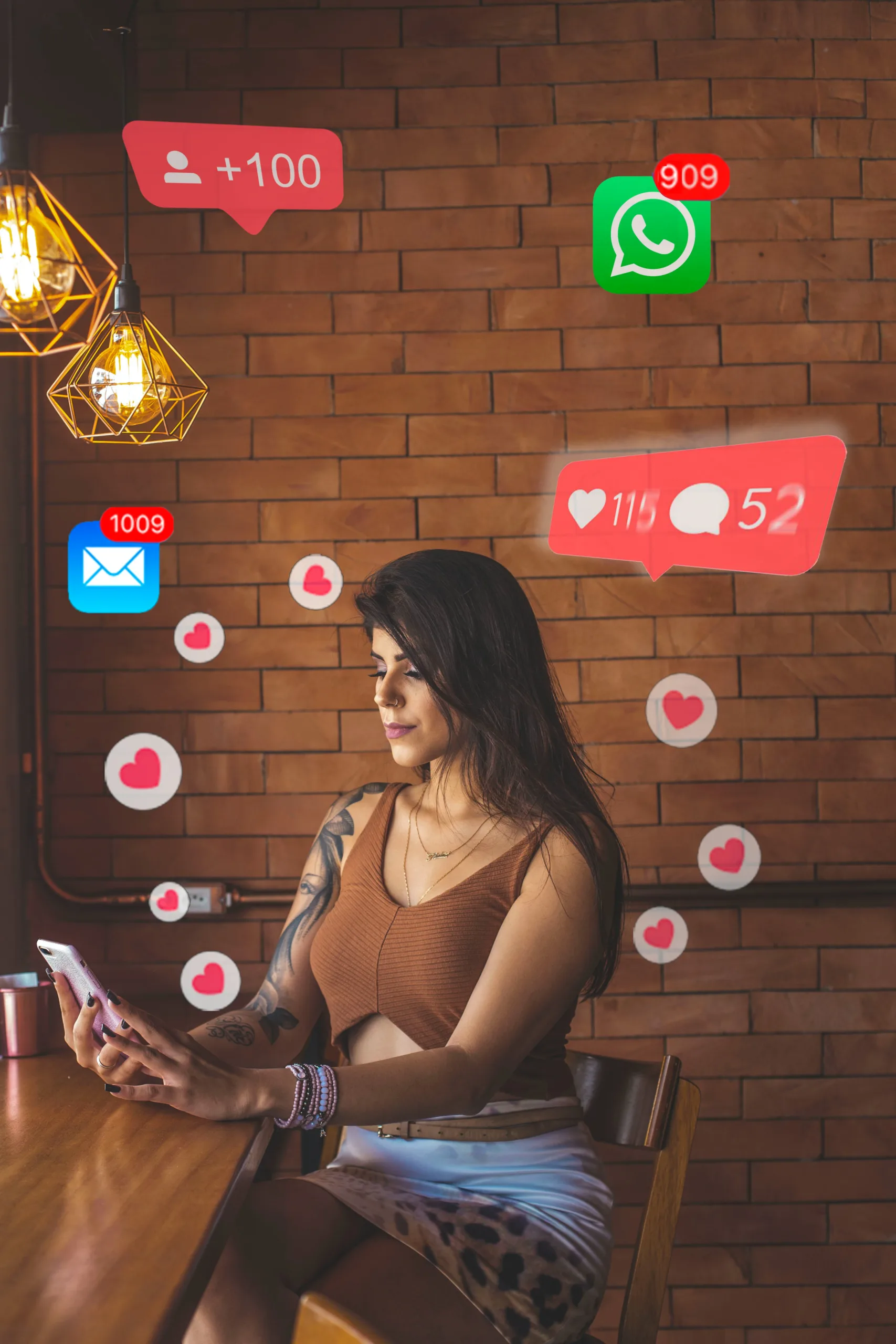In the digital age where social media is everywhere, protecting your child’s mental health is of utmost importance. As concerns grow over the spread of images related to the Israeli-Gaza war, proactive measures are becoming increasingly important for parents. This article provides guidance on how to block graphic social media posts on your kids’ phones and mitigate potential harm.
The Concerns and the Urgency
Schools, psychologists, and safety groups are sounding the alarm. There’s mounting apprehension that graphic videos of hostages captured in the Israel-Gaza war may surface on social media. This has prompted urgent calls for parents to take action.
The Impact on Children’s Mental Health
The impact of such traumatic events on children’s mental health cannot be underestimated. Exposure to violence on social media and in the news can have serious consequences. The American Psychological Association has revealed the psychological damage caused by violence in Israel and Gaza. Children are especially vulnerable to these tragedies.
Clinical psychologist Alexandra Hamlet of New York City points out that children, in comparison to adults, have less emotional control and insight to handle upsetting content. They may also struggle to express and make sense of what they see.
How to Protect Your Kids
1) Set up Boundaries
Parents have tools at their disposal to protect their children on social media platforms. Both iOS’ Screen Time and Android’s Google Family Link offer parental control features. These tools enable parents to manage a child’s phone activity, restrict app access, and flag inappropriate content.
Social media apps themselves offer features to protect young users.
For instance:
- TikTok provides a Family Pairing feature for parental control.
- Meta, the parent company of Facebook, Instagram, and Threads, offers an educational hub and time limit-setting.
- YouTube’s Family Link allows supervised accounts and content blocking.
2) Talk to Your Kids about Social Media
Consider creating a family policy where family members agree to delete social media apps for a certain period. This can be framed as an experiment to understand the impact. If resistance arises, agree on a daily usage limit.
3) What Companies Are Doing Social media platforms are also taking action. TikTok and Meta have increased resources to prevent harmful content. YouTube is actively removing harmful videos and enforcing age restrictions.
Conclusion
In a world where social media plays a central role in our lives, it is important for parents to take proactive steps to protect their children. By establishing boundaries, engaging in open discussions, and staying aware of what companies are doing to ensure safety, parents can help protect their children from the harmful influences of photo variety of social media.
